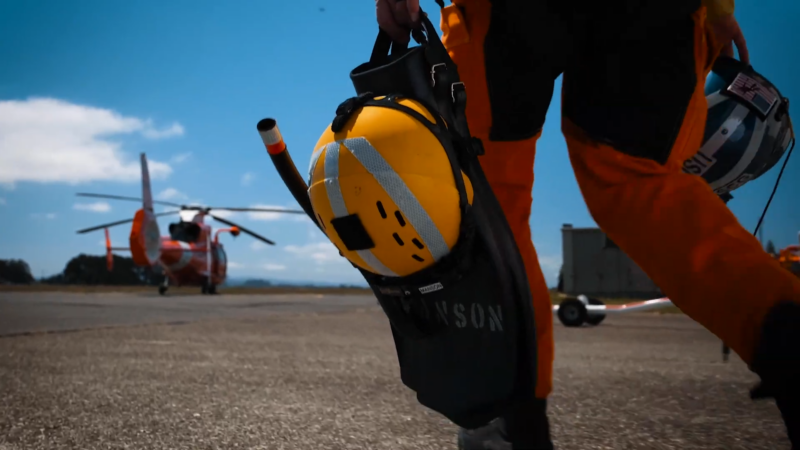Becoming a Coast Guard Rescue Swimmer is an admirable and rewarding career that demands exceptional physical fitness, mental toughness, and dedication to rigorous training.
To start your journey, you’ll need to complete a 22-week training program that includes grueling physical fitness routines and extreme water drills.
These training sessions are designed to prepare you for the challenging situations you’ll face, such as emergency rescues at sea, floods on land, and cliff-side rescues.
The Coast Guard Rescue Swimmer School, located in Elizabeth City, North Carolina, is where you will undergo this intensive training program. Maintaining the gear and earning the necessary certifications, like the 10-week course in helicopter rescue procedures, are part of your responsibilities.
The role of a rescue swimmer also requires National Registry Emergency Medical Technician (NREMT) certification to ensure you’re fully equipped to handle various rescue scenarios.
Rescue swimmers must be prepared for the reality that many trainees do not complete the program. The physical and mental demands are tough, with only a few making it through to graduation.
By dedicating yourself to rigorous training and maintaining peak physical fitness, you can achieve the elite status of a Coast Guard Rescue Swimmer and play a crucial role in saving lives.
Mission and Responsibilities
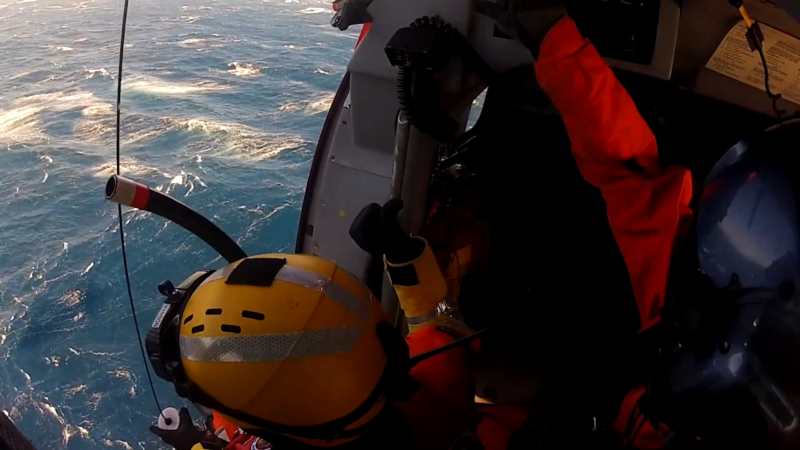
Your primary mission as a Coast Guard Rescue Swimmer involves executing search and rescue operations during maritime emergencies. When at sea, you may be deployed from helicopters to rescue drowning individuals, assist in medical evacuations, and ensure safety in perilous situations.
Additionally, responsibilities extend to providing aid during natural disasters and assisting other agencies with critical missions. Your expertise will frequently place you on the frontline in hazardous environments, requiring a deep commitment to the safety of others.
Challenges and Rewards
The position comes with intense physical and psychological challenges. You will face the elements, including rough seas, high winds, and extreme weather while maintaining a high level of operational readiness. Not every mission results in a successful rescue, which can be emotionally taxing.
Despite these hardships, the role’s rewards are immense. The satisfaction of saving lives, the camaraderie among team members, and receiving respect and recognition make it a uniquely fulfilling occupation. The skills and experiences gained are invaluable, extending beyond your professional life.
Training and Skills Required
To become a Coast Guard Rescue Swimmer, you must undergo rigorous training at the Aviation Technical Training Center. This training includes comprehensive physical conditioning, swimming tests, and survival techniques. You will be trained in medical first aid, helicopter deployment, and various rescue procedures.
A strong background in swimming and physical fitness is required. Excellent problem-solving skills, mental resilience, and the ability to perform under pressure are crucial attributes. The training and qualifications you achieve will prepare you to handle diverse and demanding rescue scenarios with confidence and competence.
Age and Education
To qualify, you must be between 17 and 27 years old. If you are 17, parental consent is required. A high school diploma or GED is mandatory, demonstrating basic educational attainment.
Higher education, while not required, may provide an advantage and can be beneficial for career advancement within the Coast Guard. Proof of age and educational credentials is needed during the recruitment process. These documents are critical for verifying eligibility.
Physical Fitness Standards
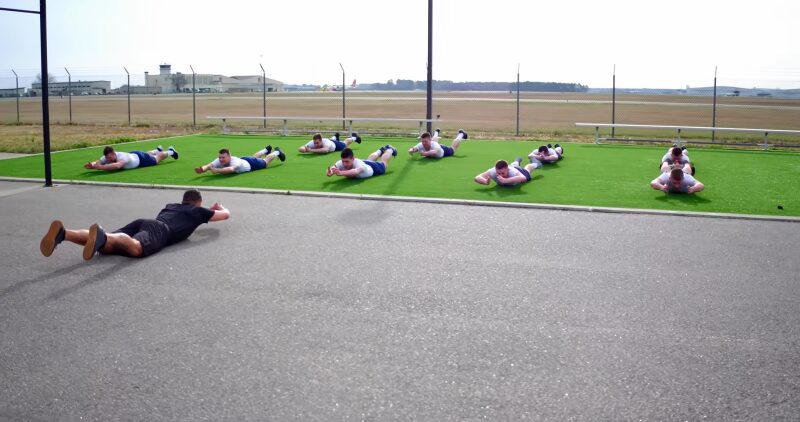
Physical fitness is a cornerstone of the Coast Guard Rescue Swimmer program. For Coast Guard recruits, meeting specific physical fitness benchmarks is crucial for advancing in their training. You must pass a rigorous monthly physical training test. This includes:
- Push-ups: Minimum number required
- Sit-ups: Minimum number required
- Pull-ups and Chin-ups: Both exercises must be performed
- 12-minute crawl swim: At least 500 yards
- 25-yard underwater swim
- 200-yard buddy tow
Training emphasizes endurance, strength, and swimming capabilities. Regular fitness evaluations ensure you maintain high physical standards throughout your service.
Medical and Background Checks
You must pass a medical examination confirming you’re in excellent health with no conditions that could impair your performance. Conditions like color blindness, hearing issues, or any other significant medical concerns may disqualify you.
Additionally, background checks are conducted to ensure you have no criminal history and maintain a trustworthy character.
Honesty is crucial during these checks as any discrepancies can lead to disqualification. The thorough vetting process aims to ensure only the most reliable individuals are selected.
Application Submission
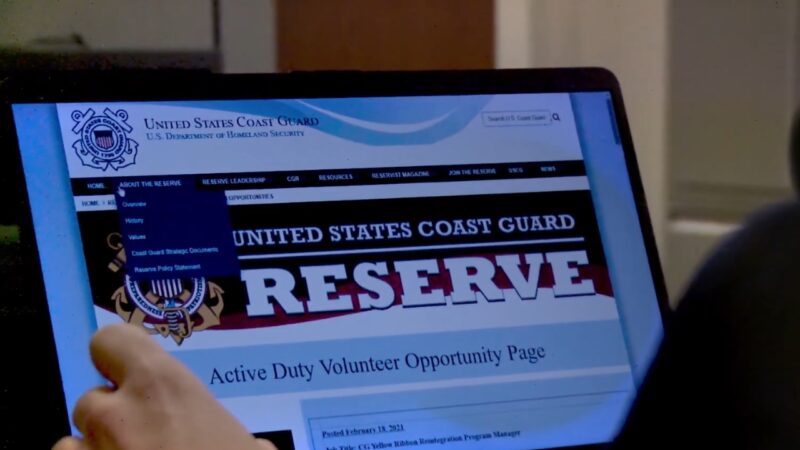
To start, you must apply to the United States Coast Guard. This can be done online through their official website or by visiting a recruitment center. Make sure your application is detailed, including your educational background, previous work experience, and any relevant certifications.
You will also need to provide personal identification documents and pass a background check. Completing a thorough medical examination is mandatory to ensure you meet the physical standards required. Keep all personal records organized and double-check the accuracy of the provided information to avoid delays in the processing of your application.
Assessment Tests
Once your application is accepted, you will undergo a series of assessment tests. These include physical fitness tests designed to measure your endurance and strength. You can expect to complete exercises like push-ups, sit-ups, pull-ups, and swimming tests such as a 12-minute crawl swim, a 25-yard underwater swim, and a 200-yard buddy tow.
In addition to physical tests, there are also written exams that assess your cognitive abilities and knowledge. These may cover topics ranging from basic arithmetic to problem-solving and language skills. Perform well in these tests to advance in the selection process and move closer to beginning your training at the Coast Guard Rescue Swimmer School.
Boot Camp at Cape May
Your journey starts at the Coast Guard Training Center in Cape May, New Jersey. This eight-week boot camp focuses on physical conditioning, military customs, and team-building.
You’ll complete demanding physical exercises and swim tests. Additionally, you will learn basic survival skills and water rescue techniques. The program aims to build stamina, discipline, and resilience, essential traits for a rescue swimmer.
Rescue Swimmer School
After boot camp, you proceed to the Aviation Survival Technician/Rescue Swimmer School in Elizabeth City, North Carolina. This intense 24-week program tests your endurance and technical skills.
You will train in advanced swimming techniques, rescue procedures, and survival tactics. This includes tasks like a 500-yard crawl swim, 25-yard underwater swim, and 200-yard buddy tow. The training is designed to push you to your limits to prepare you for real-life rescue scenarios.
On-the-Job Training
Upon graduating from Rescue Swimmer School, you begin on-the-job training at your assigned Coast Guard Air Station. Here, seasoned rescue swimmers mentor you.
You will participate in real-world rescue missions and further refine your skills. This hands-on experience is critical for mastering the practical aspects of the job. You’ll also train in various environmental conditions to ensure you are ready for any situation you might face.
Advanced Training and Certifications
Aviation Survival Technician Course
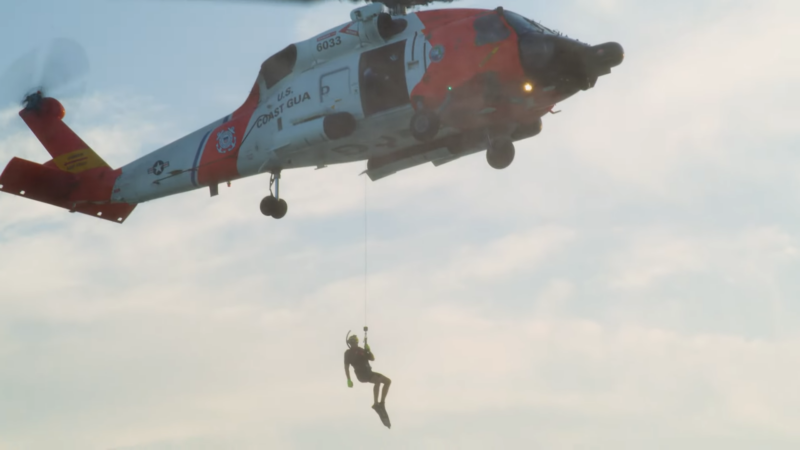
The Aviation Survival Technician (AST) course is a comprehensive training program designed to prepare you for the unique challenges of rescue operations. This course covers various survival skills, including advanced swimming techniques, emergency medical procedures, and rescue operations.
The curriculum also emphasizes physical fitness, requiring you to undergo rigorous physical training to ensure you are in top condition.
Helicopter Rescue Techniques
During this phase, you will learn how to execute helicopter-based rescue operations, including hoist operations, water extractions, and emergency procedures. This training requires you to master the use of specialized equipment, such as rescue baskets and harnesses, and to operate in various environments, including rough seas and high winds.
You will also learn to work closely with helicopter pilots and crew members to ensure successful and safe rescue missions.
Emergency Medical Training
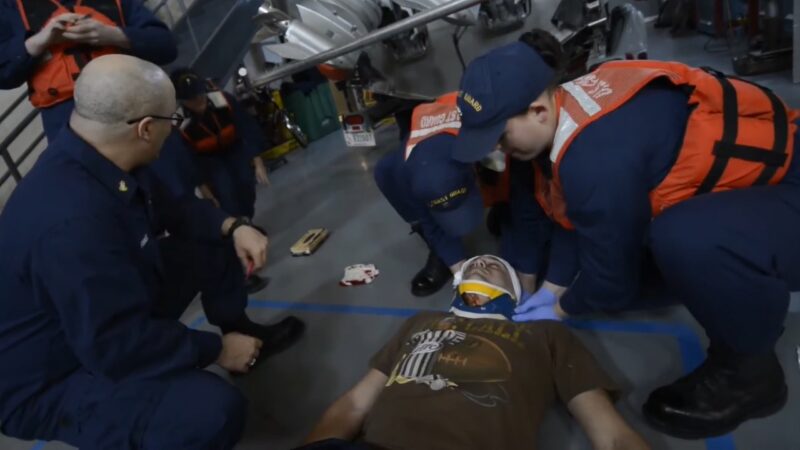
This training provides you with the skills needed to provide medical care in emergencies, both in the water and on land. You will learn to perform basic and advanced life support procedures, including CPR, wound care, and emergency trauma care.
Obtaining the National Registry of Emergency Medical Technicians (NREMT) certification is a crucial part of this training, as it validates your ability to provide critical medical assistance during rescue operations.
Related Posts:
- How Intense is the Physical Training in Advanced…
- Physical Fitness Requirements for Coast Guard Recruits
- Joining the Coast Guard Reserve - Requirements and Benefits
- How Coast Guard Salary Is Determined - Rank,…
- How Long Is Coast Guard Boot Camp - The Truth Behind…
- What Are the Basic Requirements to Get Into the…

